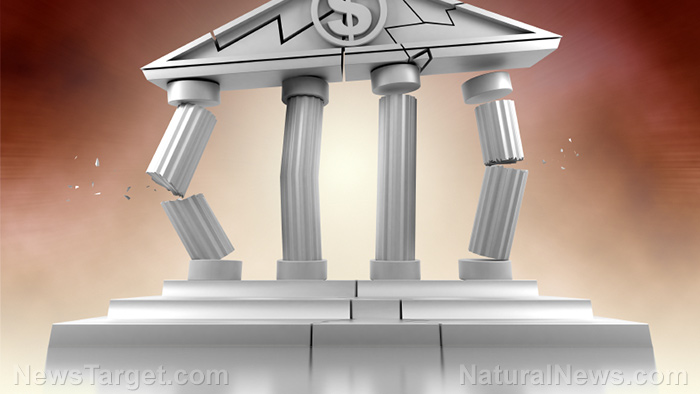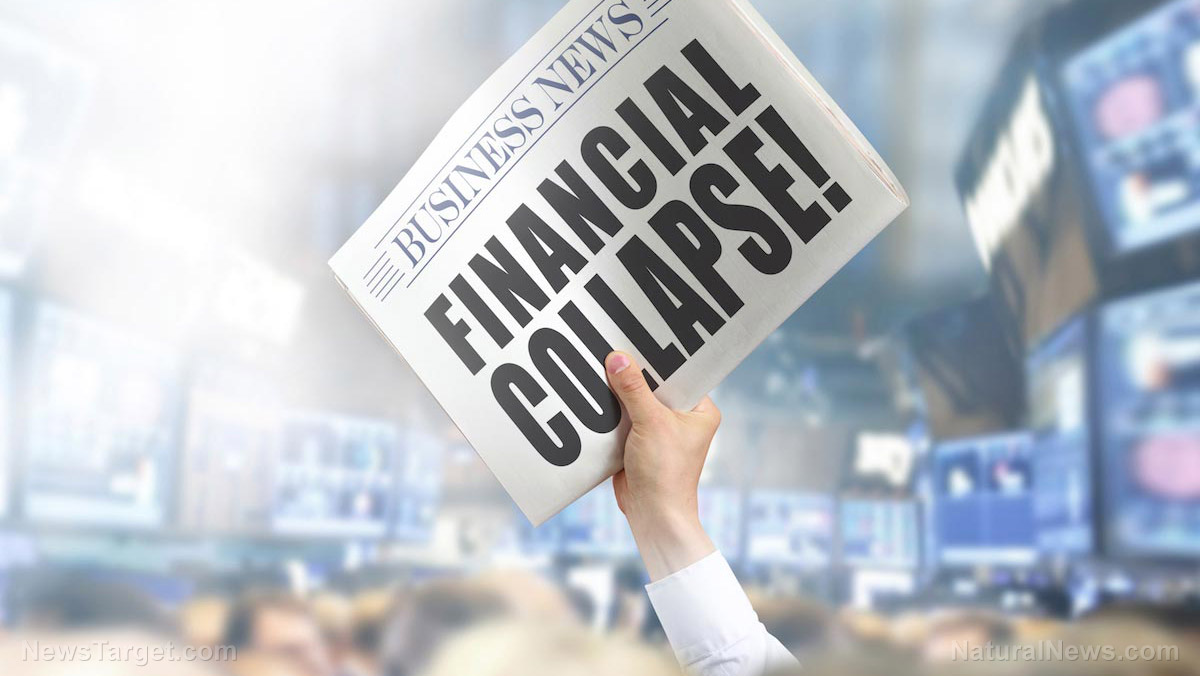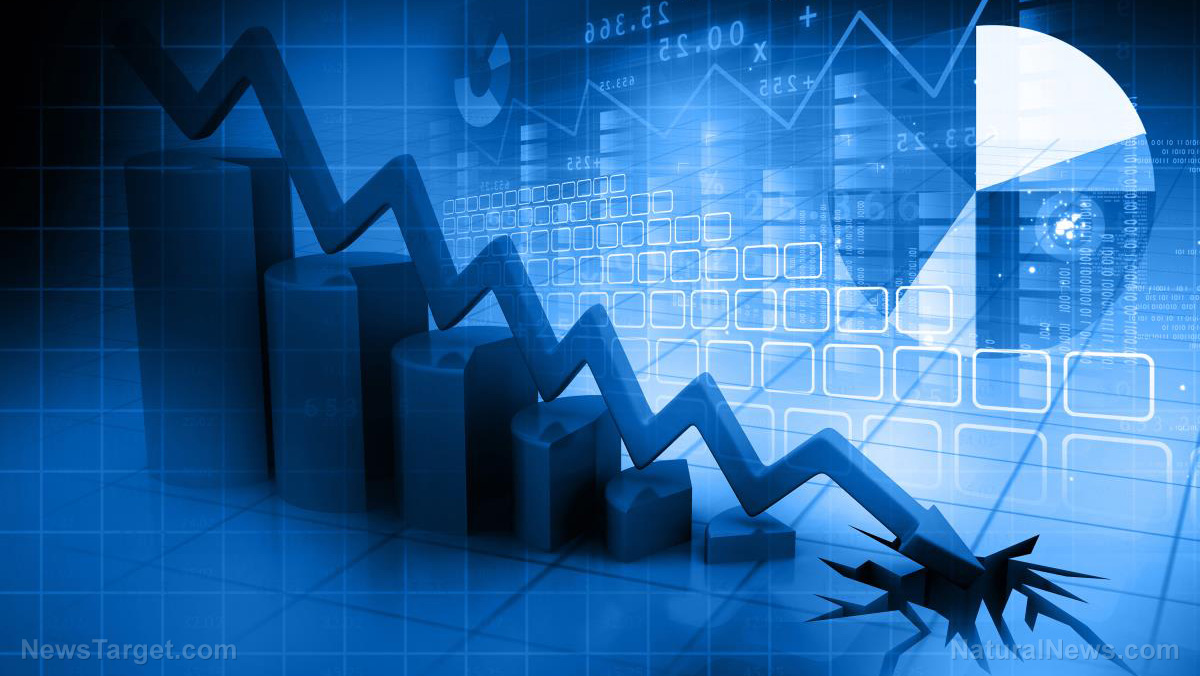Moody’s downgrades U.S. credit outlook from “stable” to “negative” amid political drama
11/15/2023 / By Cassie B.

Moody’s downgraded its outlook on the U.S. credit rating from “stable” to “negative” on Friday, Nov. 10, in response to sizable fiscal deficits and a drop in debt affordability. The move highlights America’s increasingly dire fiscal standing.
Moody’s kept the U.S. at its highest rating of AAA, which means it was not a full downgrade. Nevertheless, a reduction in its outlook can be interpreted as a sign that Moody’s expects its rating to drop in the future.
The ratings agency noted in its latest report that deficits would remain big and continue to negatively impact the U.S.’s debt affordability “with higher interest rates and without effective fiscal policy measures to reduce government spending or increase revenues.”
The adjustment comes as the U.S. continues to face the possibility of a government shutdown; funding is only secured until November 17. Should no stopgap-funding bill or budget be passed by midnight on Friday, a full shutdown will go into effect, and federal agencies have already started getting ready for this possibility. Moody’s cited government vulnerabilities such as the recent ousting of House Speaker Kevin McCarthy and the failure of Congress to agree on a replacement as part of its lack of confidence. It does, however, expect the U.S. to continue to be strong economically.
Moody’s Senior Vice President William Foster said: “Any type of significant policy response that we might be able to see to this declining fiscal strength probably wouldn’t happen until 2025 because of the reality of the political calendar next year.”
Biden administration goes on the defense
The Biden administration took issue with the downgrade. In a statement, Deputy Treasury Secretary Wally Adeyemo said: “We disagree with the shift to a negative outlook. The American economy remains strong, and Treasury securities are the world’s pre-eminent safe and liquid asset.”
He said that the Biden administration had been exhibiting its commitment to financial sustainability with efforts such as measures aimed at reducing the deficit by $1 trillion and a proposal by Biden to reduce the deficit during the next decade by almost $2.5 trillion.
U.S. House Speaker Mike Johnson said the decision by Moody’s could be pinned on Biden’s “reckless spending agenda.” He stated: “Our $33.6 trillion debt is unsustainable and poses a danger to our national security and economy. We will fight to get our finances in order.”
In August, another ratings firm, Fitch, downgraded its own credit rating for the U.S. from AAA to AA+. This indicates declining confidence in America’s ability to make good on its debt obligations. In this case, the decrease in confidence in the government’s ability to pay was also linked to political issues.
S&P stripped the U.S. of its top rating back in 2011, and with the recent Fitch downgrade, Moody’s remains the only major credit company to give the U.S. a top rating.
What happens if the U.S. defaults on its debts?
Economists believe that if the U.S. does default on its debts, it would be devastating for the economy. Not only would a failure to pay creditors back cause irreparable harm to the U.S. government’s reputation, but it would also jeopardize its ability to take out loans at low interest rates.
It could also render the government unable to pay its employees, who number in the millions, and provide essential services to Americans such as Social Security and veterans’ benefits. It could also compromise government’s ability to run schools, roads and other basic services. This, in turn, would likely send America plunging into a recession.
Sources for this article include:
Submit a correction >>
Tagged Under:
big government, Bubble, credit outlook, debt bomb, debt collapse, economic riot, finance riot, government debt, government shutdown, Joe Biden, market crash, money supply, Moody's, national debt, risk, White House
This article may contain statements that reflect the opinion of the author
RECENT NEWS & ARTICLES
COPYRIGHT © 2017 MARKET CRASH NEWS




















